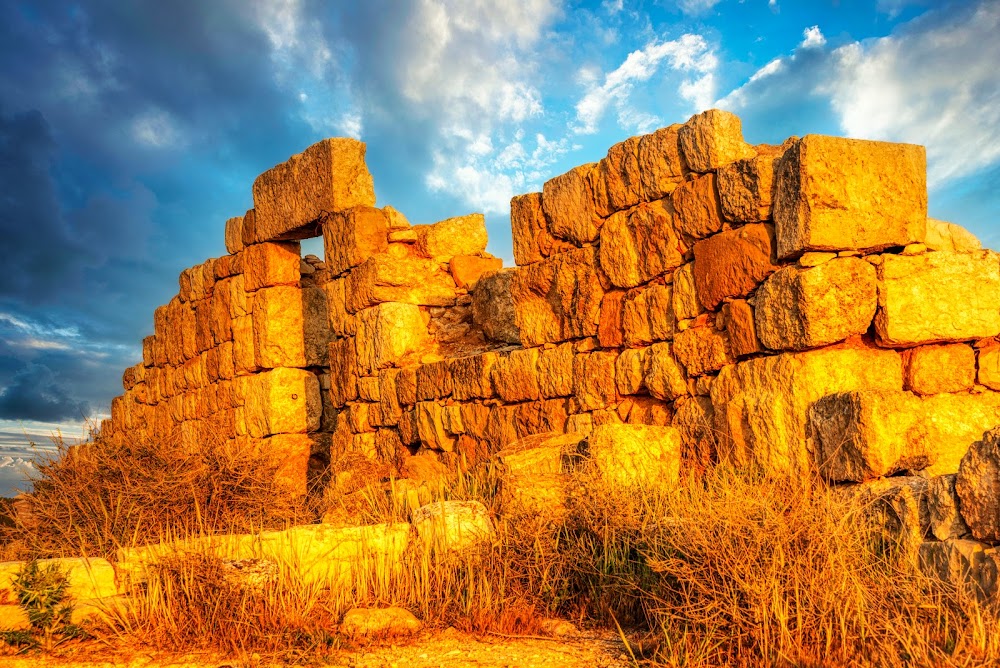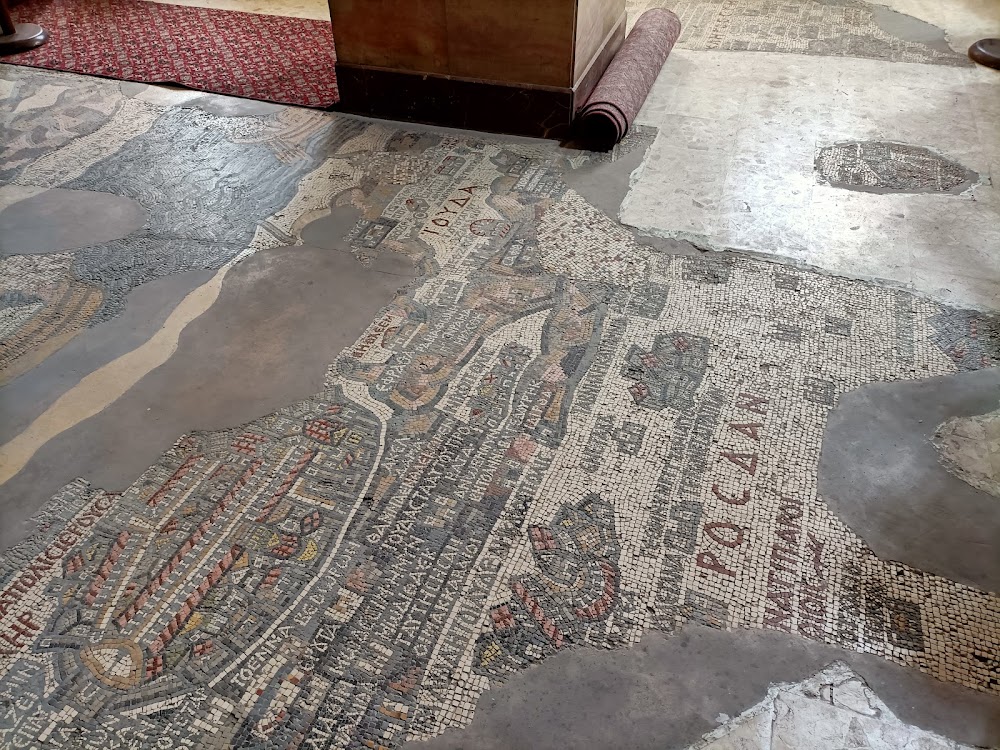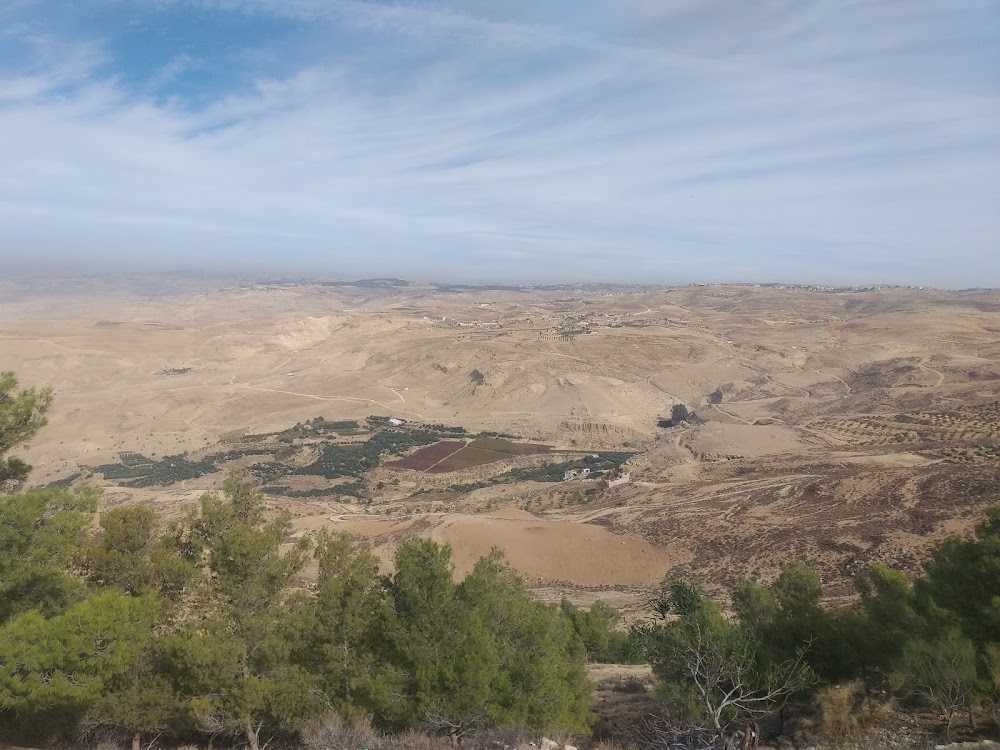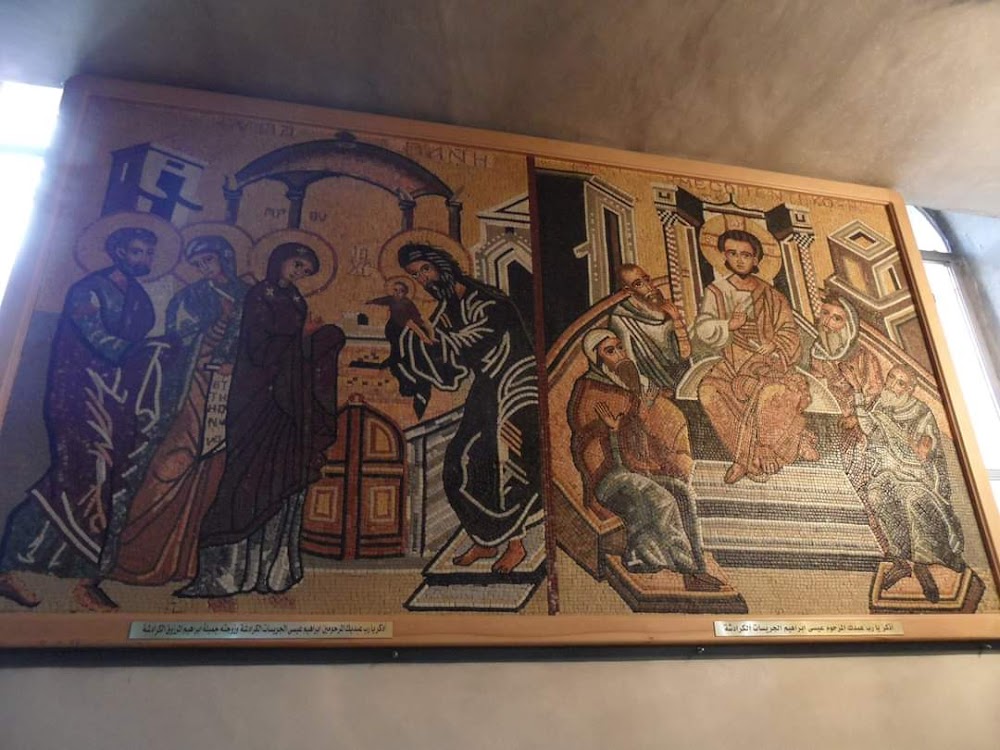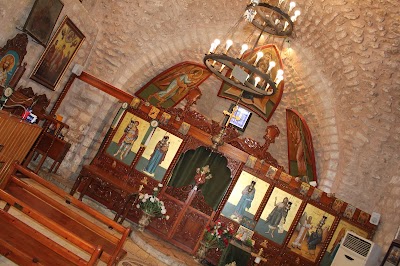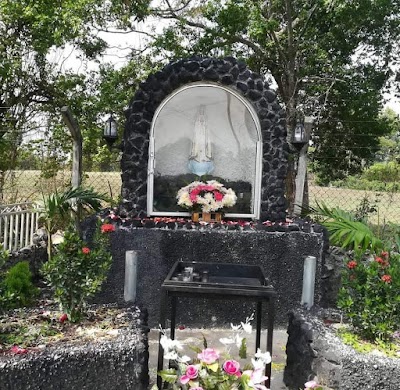St. George's Church (كنيسة القديس جاورجيوس)
Overview
The Church of Saint George, commonly known as St. George's Church, is a jewel nestled in the ancient city of Madaba, Jordan. Renowned for its historical significance, this Greek Orthodox church is famous for housing the exquisite Madaba Map, an intricate mosaic that vividly depicts the Holy Land.
Constructed in the late 19th century, around 1896, St. George's Church stands on the foundations of an earlier Byzantine church dating back to the 6th century AD. The modern church arose from a resurgence of Christian presence in the region during the late Ottoman period, when the local Christian community sought to restore their places of worship and celebrate their cultural heritage.
The centerpiece of this church is undoubtedly the Madaba Map, a stunning mosaic floor crafted between 542 and 570 AD. This ancient work of art serves as a crucial historical document, showcasing a detailed representation of the Holy Land, including key locations such as Jerusalem, Bethlehem, and the Jordan River. The map spans an extensive area, illustrating geography from Lebanon to the Nile Delta, and from the Mediterranean Sea to the Eastern Desert.
The artistry of the mosaics is truly remarkable, created from small, colored stones known as tesserae. Skilled craftsmen meticulously arranged these stones into intricate designs that depict not only geographical landmarks but also biblical scenes. The high level of craftsmanship and the map's accuracy indicate that its creators possessed profound knowledge of the region and were masters of mosaic art.
During the construction of the modern church, local residents unearthed the remnants of the ancient mosaic beneath the rubble. Their astonishment at the detailed and well-preserved artwork led to the careful design of the church, which now protects this invaluable historical treasure. Today, the Madaba Map is safeguarded under a protective covering within the church, ensuring its preservation for future generations.
Visitors to St. George's Church can explore the mosaic map via specially constructed walkways, allowing them to appreciate this masterpiece without causing any damage. The church remains an active place of worship, while also serving as an important archaeological and tourist attraction that draws visitors from around the globe.
Madaba is often referred to as the "City of Mosaics," owing to the numerous ancient mosaics discovered throughout the area. However, St. George's Church stands out, primarily due to the uniqueness and historical significance of the Madaba Map. This map has proven invaluable for historians, theologians, and archaeologists studying the early Byzantine period and the Holy Land.
Ultimately, the Church of Saint George and its celebrated mosaic map symbolize the rich cultural and religious history of Madaba and the wider region. The ongoing efforts to protect and preserve this site highlight the importance placed on cultural heritage and our connection to the past. Whether visiting for spiritual reasons, historical interest, or to admire the ancient craftsmanship, St. George's Church offers a profound insight into the legacy of the early Christian world.


